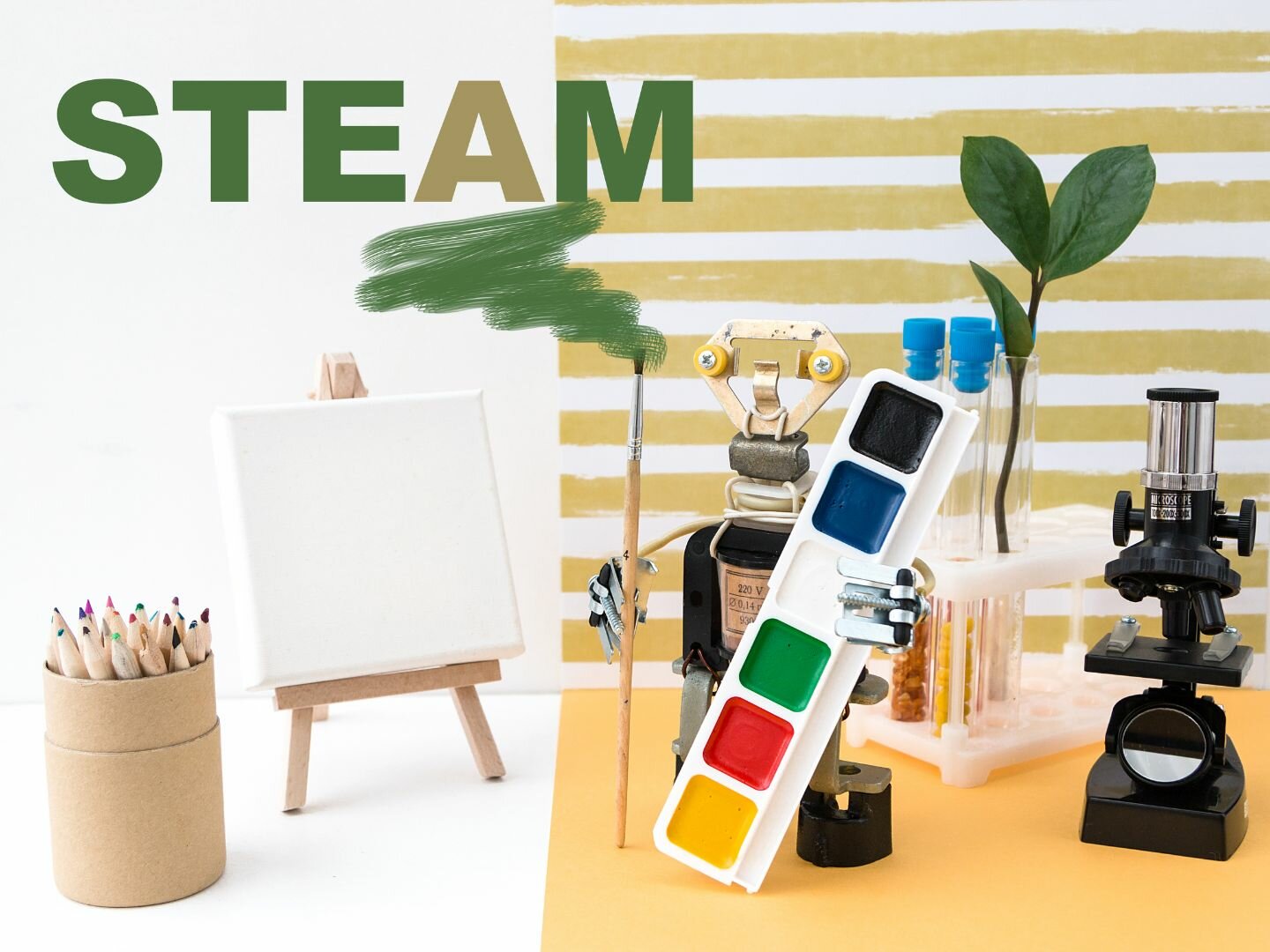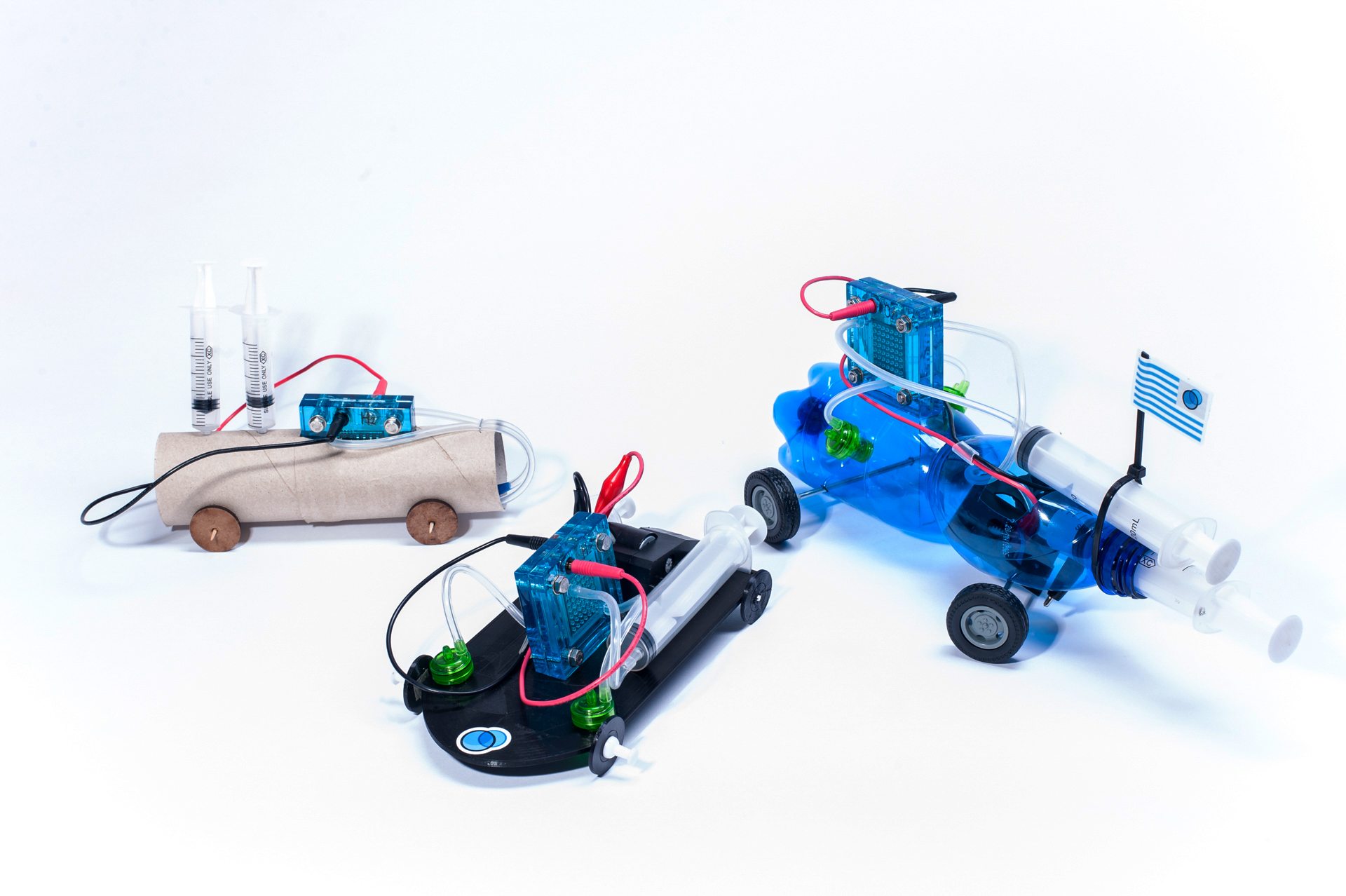How preschools are using tech to teach STEAM
While STEAM education is popular in high schools and middle schools, early childhood and daycare are places where educators may still struggle to embrace this unique form of teaching.
While middle and high school students can work in teams, collaborating on real-world engineering projects, younger learners may have problems gaining access to the types of popular STEAM projects that older students take part in.

This is where advanced technology can help. According to Jonathan Lee, Business Manager for Interactive Display at BenQ, ‘STEAM and the skills associated with it are increasingly seen as the key to unlocking employment opportunities of the future, especially in the age of tech and AI’.
‘In preschool settings our experience points to a gradual increase in the delivery of inquiry based, intentional learning practices, which are made possible with the advent of flexible and affordable digital technologies.’
While science, engineering, arts, and mathematics are traditionally viewed as academic subjects, technology has not been given the same recognition. This can lead to confusion when it is included in the STEAM acronym, leaving educators wondering how to teach it effectively.
With many pre-school centers still on the fence about giving kids time in front of screens, the integration of technology in school curricula becomes even more difficult.
A great way of doing this is through interactive displays, as these can be crucial in boosting interactivity, encouraging collaboration and allowing for different modes of learning.
‘Although the academic rigours of [STEM] subjects are of course not part of a preschool curriculum, the idea that an interactive display can act as a stepping stone to introducing children to technology in a safe and measured way most certainly is’, said Mr. Lee.
One of the ways this can happen is through inquiry-based learning. Educators can take children on a visual journey with interactive displays, allowing them to see different solutions to problems and find the right answer independently.

These activities are important in developing skills that will prove vital in students' future academic careers. They learn to hone their observation skills, they find visual patterns, analyze results and predict outcomes. This means once they reach high school and even university, they’re already trained to think critically and become problem solvers.
‘The conversations we have now with our early learning community of users are all about how modern displays can boost interactivity, encourage collaboration, allow for different modes of learning, prepare children more completely for their transition to school and maintain their physical wellbeing too,’ Mr Lee said.
Early-childhood STEAM education doesn’t have to include interactive digital technology, however. One popular project is to give students marshmallows and plastic straws or toothpicks. They are then able to construct their own unique geometric patterns in teams.
This allows kids to learn about STEM concepts such as design, building, shape, and structure, but in a fun and interactive way while creating marshmallow structures. At the end of the exercise, they get a very tasty treat as a reward!

